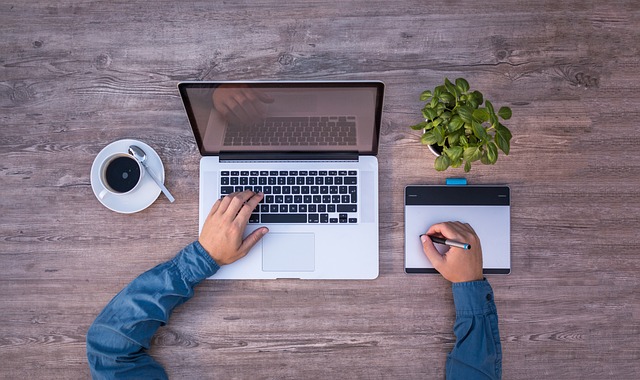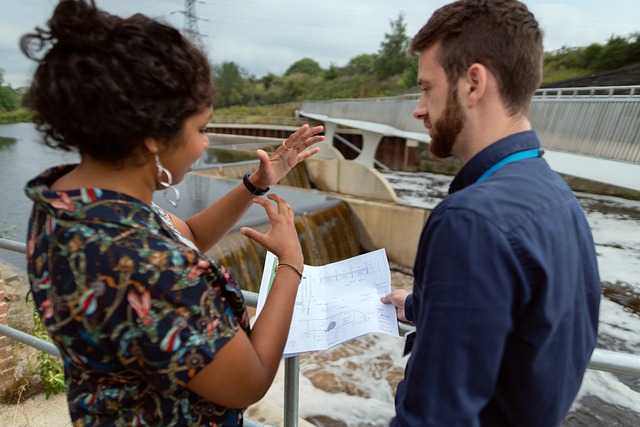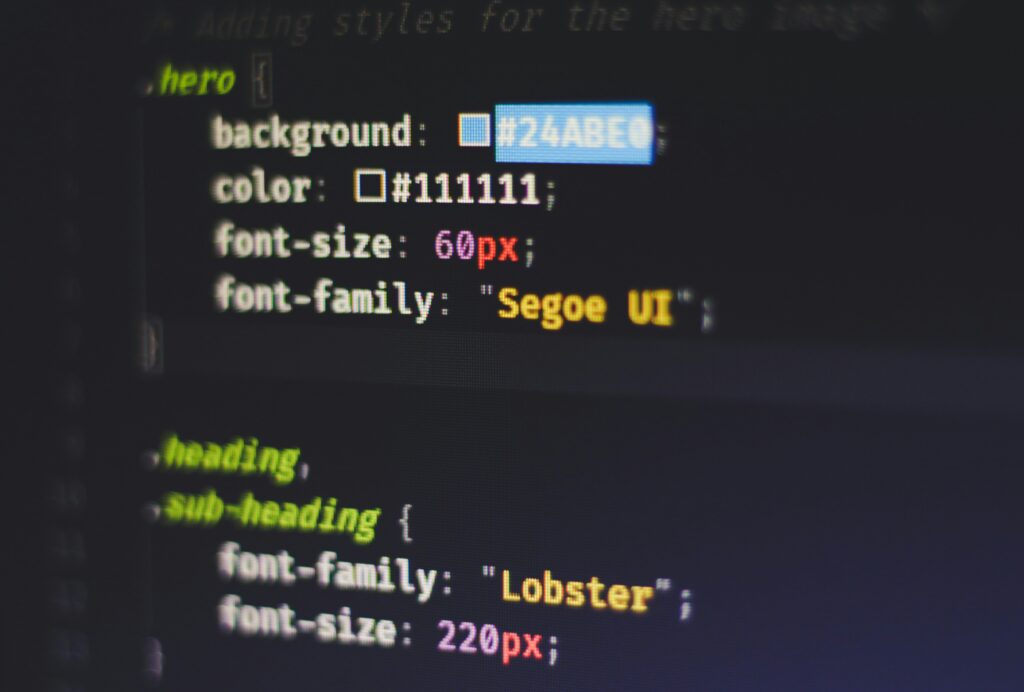Design Tools Are Getting Smarter
In 2024, creators are leaning on AI-powered design tools to work faster and more efficiently—without sacrificing quality. Whether you’re building assets for vlogs, thumbnails, or digital products, new features are simplifying complex workflows.
Smarter, Automated Tools
Design platforms are now offering intelligent features that speed up the creative process:
- Automated layout suggestions that adapt to your content type and aesthetic
- AI-powered background removal for quick, clean visuals
- Dynamic templates that evolve based on user behavior and preferences
These tools reduce the time spent making design decisions and help creators focus more on storytelling.
Time-Saving Features That Matter
Modern AI design assistants include capabilities that dramatically shrink your production timeline:
- Batch resizing for multiple platforms in one go
- Color palette generation that adapts to brand identity or video themes
- Style matching to maintain a consistent design look across all visuals
These features eliminate repetitive tasks, giving creators more freedom to focus on content.
Real-World Application: Moving From Moodboard to Mockup
Tasks that once took hours now happen in minutes. A common use case is transforming moodboards into polished mockups:
- Upload visuals and style references
- Apply auto-layout and brand presets
- Export ready-to-use thumbnails, channel art, or promotional graphics
Creators no longer need to be design pros to produce studio-quality assets. In 2024, smart tools help you stay fast, consistent, and on-brand with less effort.
The landscape of graphic design isn’t what it was even a year ago. Automation and AI tools are no longer sidekicks—they’re co-pilots. But don’t get it twisted: creativity still drives the train. What’s changing is how work gets done.
AI isn’t replacing designers. It’s scrubbing away the repetitive, time-sucking tasks—background removal, color palette matching, basic mockups—so designers can focus on concepts and storytelling. It’s making workflows faster, not shallower. The skeptics who once rolled their eyes? Many of them are now using AI to build mood boards, generate quick drafts, or jumpstart variation ideas. The tools are getting smarter. So are the designers.
The shift isn’t just technical—it’s philosophical. Designers now have to think not only like artists, but like systems engineers. Knowing how to prompt a tool well is damn near as important as wielding a pen, tablet, or typeface. Welcome to the new era. Still visual. Still human. Just a bit more efficient.
Typography used to be a design rabbit hole. Now, AI is closing the gap between guesswork and stunning output. Font pairing algorithms are doing the heavy lifting—matching heading and body fonts that actually make sense together. You no longer need to comb Pinterest for hours or fake your way through type theory.
At the next level, brands are using AI tools that adapt typography based on voice, tone, and even niche. A soft, lifestyle brand doesn’t get the same type treatment as a fast-talking tech vlogger—and that’s the point. AI can pull from brand inputs and auto-adjust weights, kerning, and even animation rhythms tied to content pacing.
Variable fonts are where it gets interesting. These aren’t just fonts—they’re ecosystems. With AI providing contextual cues, type can shift in real-time: growing bolder during key messages, slimming down for disclaimers, or responding to screen sizes without breaking composition.
It’s not just cosmetic. Smart typography keeps audiences reading longer, delivers emotional weight, and reflects brand personality with precision. That’s a competitive edge in a scroll-happy world.
Explore the details here: How Variable Fonts Are Revolutionizing Web Typography.
AI isn’t replacing creators—it’s speeding them up. Think of it less like a robot director and more like a production assistant that works overtime. The core idea still comes from the vlogger. The tough part is translating that vision fast and clearly. That’s where AI steps in.
Say you’re trying to storyboard a travel vlog intro. Before, it took hours tweaking frames and stock clips to get the mood right. Now, you start with a sketch or text prompt, and AI gives you a rough concept in minutes. It’s not perfect. It’s not final. But it’s fast—and often good enough to move forward fast and refine manually.
What hasn’t changed is where the creativity starts. The vibe, angles, color choices—that’s all still you. AI just fills in the gaps quicker. It can’t tell you what story to tell. But it’s a solid tag-team partner when you’re racing a deadline or drowning in edits.
AI Levels the Field—but Skill Still Sets You Apart
The tools keep getting smarter, and creators are moving faster because of it. For freelancers, AI means smaller teams, shorter timelines, and higher output with less overhead. They’re using it to crank out rough edits, whip up draft scripts, or analyze audience data—all in-house, no extra hires.
Agencies aren’t standing still either. With AI, prototyping is nearly instant. Want to mock up a full campaign or preview different edits within the day? It’s possible now, and it’s changing how quickly client expectations are met—or exceeded.
But here’s the twist: while AI can kickstart a workflow, it can’t replace taste or judgment. Non-designers and new creators are finding their entry point, sure. But those who really shine? Still the ones who know pacing, narrative, style, and how to speak an audience’s language. Same race, new shoes—running still takes skill.
The Ethical Tightrope: AI, Originality, and the Human Voice
AI is here to stay—but with it comes a wave of ethical friction that creators need to navigate.
First, the originality debate. When a vlog script, thumbnail, or even B-roll is spun out in seconds thanks to a prompt, is the final product still “you”? The tools aren’t the problem; it’s how you use them. Audiences can tell when the soul got stripped out somewhere in the polish. Leaning too hard on AI without weaving in personal perspective ends up creating content that looks great but feels hollow.
Then there’s the issue of data bias and sameness. Most generative AI is trained on existing media. It mirrors what’s already out there, which means it can unintentionally reinforce clichés, suppress diverse styles, and nudge creators into a creative echo chamber. Worse, it flattens informality and quirks—traits that often define a vlogger’s uniqueness.
The counterpunch: creators who use AI as a co-pilot, not a crutch. When you let the tech help you scale ideas or check structure, but still inject raw thought, unpredictability, imperfect phrasing—that’s where the human voice cuts through. The challenge in 2024 is to stay heard in a landscape that’s increasingly susceptible to noise and repetition. Vloggers who keep it personal, even while using advanced tools, are the ones who won’t get lost in the feed.
Adaptability Is the Edge: Tech-Savvy Creators Win
Design + AI: A Powerful Combo
In 2024, content creation isn’t just about filming and editing—it’s about knowing how to work smarter with the right tools. Creators who combine strong design instincts with AI fluency will move faster, create more engaging content, and innovate consistently.
- Visual storytelling drives impact—design skills enhance clarity and brand identity
- AI tools are rapidly evolving—knowing how to use them is a competitive edge
- Merging design thinking with automation can streamline workflow without sacrificing creativity
Learning to Tweak the Tools
AI tools aren’t one-size-fits-all. The real magic happens when you tweak the settings, fine-tune the output, and steer generative tools toward your specific creative voice.
- Train AI models to learn your voice, tone, or style
- Adjust templates and outputs to align with your messaging
- Use automation to support—not replace—your vision
Beyond Templates: Elevate, Don’t Imitate
While AI makes it tempting to rely on pre-built templates, successful creators use it to enhance originality. Simply copying what’s trending won’t help you stand out.
- Use AI-generated drafts as a starting point—not the final product
- Focus on customization and unique delivery
- Apply AI in post-production: captioning, transitions, sound mixing, and color correction
In short: Creators who actively shape the tools they use will outpace those who passively consume them. Adapt quickly, learn strategically, and let AI amplify—not replace—your creative value.
AI Isn’t the End of Graphic Design—It’s the Upgrade
AI hasn’t come to bury design—it’s here to streamline the grunt work and supercharge creative output. The myth that artificial intelligence will gut the need for human designers is already falling apart. What’s actually happening is more nuanced: designers who embrace AI tools are working faster, experimenting more, and delivering sharper work without sacrificing quality.
The real winners are those who know how to marry instinct with efficiency. AI gets your draft out fast, but the emotional intelligence—knowing when something looks right or feels off—still comes from human hands. Smart designers aren’t fighting the tools. They’re learning to steer them. That means using generative design to sketch variations, automating repetitive layout tasks, or testing color schemes at lightning speed.
Bottom line: AI amplifies talent, but it doesn’t invent it. In 2024, collaboration beats resistance. Designers who team up with their tools aren’t just keeping up—they’re pulling ahead.


 Lead Software Strategist
Lead Software Strategist
